This article was medically reviewed by Janice Litza, MD and by wikiHow staff writer, Janice Tieperman. Dr. Litza is a board certified Family Medicine Physician in Wisconsin. She is a practicing Physician and taught as a Clinical Professor for 13 years, after receiving her MD from the University of Wisconsin-Madison School of Medicine and Public Health in 1998.
There are 18 references cited in this article, which can be found at the bottom of the page.
wikiHow marks an article as reader-approved once it receives enough positive feedback. In this case, several readers have written to tell us that this article was helpful to them, earning it our reader-approved status.
This article has been viewed 38,529 times.
Are you worried that you might have diabetic ketoacidosis (DKA)? This serious condition occurs when your body breaks down too much fat at once, creating ketones that acidify your blood.[1] While DKA can definitely be tough to think about, you’re not in this alone. We’ve outlined everything you need to know about treating DKA, so you can make a safe and informed decision with your doctor on how to recover.
Steps
DKA Treatment Plan
-
1Confirm that you have DKA with an at-home ketone test. There are 2 types of ketone testing kits: blood-based and urine-based. Some urine-based tests use a numerical scale to rank the number of ketones in your urine—for these tests, a score of 2 or higher means that you have DKA. Blood ketone tests operate on a scale and have different ranges of results.[4]
- Less than 0.6mmol/L (10.81 mg/dL): Normal test result; you don’t have DKA
- 0.6 to 1.5mmol/L (10.81 to 27.03 mg/dL): Slight risk for DKA; take another test in 2 hours to be safe
- 1.6 to 2.9mmol/L (28.83 to 52.25 mg/dL): Moderate/high risk for DKA; call your doctor as soon as you can
- 3mmol/L or higher (54.05 mg/dL): Extremely high risk for DKA; call emergency services for help[5]
- Urine testing kits are often color-coded—simply use take the test and compare your results to the key provided with the test.[6] If your results say that your ketone levels are moderate or high, be sure to call your doctor.[7]
- If your blood sugar is higher than 240 mg/dL (13.3 mmol/L), take these tests once every 4 to 6 hours to monitor your ketone levels.[8]
- If you don’t have a ketone test on hand, ask a trusted friend or loved one to pick one up for you as soon as they can.
-
2Call your doctor or emergency services if you’re experiencing DKA symptoms. Contact your doctor if you’re at a moderate/high risk for DKA—they can listen to your symptoms and test results and give you their professional opinion on what you should do. If you’re at very high risk for DKA, call emergency services instead of your doctor. DKA symptoms can develop and progress in a day or less, so it’s important to get medical attention right away.[9]
- Always go to the hospital if your blood sugar levels are consistently above 16.7 mmol/L (300 mg/dL), as well as if you’re throwing up, experiencing difficulty breathing, and/or have fruit-scented breath.[10]
-
3Increase your fluid intake. Extra urination is a common side effect of DKA, so it’s really important to replace all the fluids that your body has lost.[11] At the hospital, doctors will use an IV to rehydrate you with fluids.[12] If your doctor gives you permission to recover at home, drink water or another sugar-free beverage to rehydrate yourself.[13]
-
4Replace your electrolytes. Electrolytes, such as sodium, potassium, and chloride, are important to keep your body functioning properly. When you’re hospitalized, electrolytes are usually given to you through an IV.[14]
- If you aren’t hospitalized, your doctor will likely recommend that you drink plenty of fluids like juice, water, broth, and electrolyte-containing sports drinks. This helps get rid of the extra ketones in your body.[15]
- During diabetic ketoacidosis, your body either doesn’t produce enough insulin, or the amount of insulin that your body needs has changed and you aren't giving it enough. Low levels of insulin in the body reduce your electrolyte numbers, which can interfere with your body's functions.[16]
-
5Undergo insulin therapy. Insulin helps reverse diabetic ketoacidosis by reducing the acid in your blood and balancing your blood sugar levels. This therapy is usually given intravenously by a medical professional. Talk with your doctor and see if insulin therapy is a good treatment option for you and your DKA.[17]
-
6Test for a DKA trigger. Many times, diabetic ketoacidosis is triggered by a condition or situation. Your doctor may want to test you after your body has returned to normal to see if they can find a possible cause of the condition.[18]
- For example, you may have a bacterial infection, pneumonia, or a urinary tract infection. Some illnesses or infections can produce hormones like adrenaline and cortisol, which can block the effects of insulin.
- Missing treatments of insulin can also trigger diabetic ketoacidosis.
- Some medications or alcohol and drug abuse may also trigger the condition.
Warnings
- It’s always better to be safe than sorry when it comes to DKA! This condition can lead to kidney failure and cardiac arrest when it’s not treated quickly, so be sure to call your doctor right away if you start noticing any symptoms.[32]⧼thumbs_response⧽
- You could still have DKA even if you haven’t officially been diagnosed with diabetes. For some people, DKA is the first sign that they have the condition.[33]⧼thumbs_response⧽
References
- ↑ https://medlineplus.gov/ency/article/000320.htm
- ↑ https://medlineplus.gov/ency/article/000320.htm
- ↑ https://www.jdrf.org/t1d-resources/about/symptoms/ketoacidosis/
- ↑ https://www.nhs.uk/conditions/diabetic-ketoacidosis/
- ↑ https://www.nhs.uk/conditions/diabetic-ketoacidosis/
- ↑ https://www.urmc.rochester.edu/encyclopedia/content.aspx?contenttypeid=167&contentid=ketone_bodies_urine
- ↑ https://www.diabetes.org/diabetes/dka-ketoacidosis-ketones
- ↑ https://www.diabetes.org/diabetes/dka-ketoacidosis-ketones
- ↑ https://www.nhs.uk/conditions/diabetic-ketoacidosis/
- ↑ https://www.cdc.gov/diabetes/basics/diabetic-ketoacidosis.html
- ↑ https://medlineplus.gov/ency/article/000320.htm
- ↑ https://www.diabetes.org.uk/guide-to-diabetes/complications/diabetic_ketoacidosis
- ↑ https://my.clevelandclinic.org/health/diseases/21945-diabetic-ketoacidosis-dka
- ↑ https://www.diabetes.org.uk/guide-to-diabetes/complications/diabetic_ketoacidosis
- ↑ https://www.fvfiles.com/524520.pdf
- ↑ https://www.ncbi.nlm.nih.gov/pmc/articles/PMC4085289/
- ↑ https://www.cedars-sinai.org/health-library/diseases-and-conditions/d/diabetic-ketoacidosis.html
- ↑ https://www.ncbi.nlm.nih.gov/books/NBK560723/
- ↑ https://my.clevelandclinic.org/health/diseases/21945-diabetic-ketoacidosis-dka
- ↑ https://my.clevelandclinic.org/health/diseases/21945-diabetic-ketoacidosis-dka
- ↑ https://www.nhs.uk/conditions/diabetic-ketoacidosis/
- ↑ https://www.endocrineweb.com/diabetic-ketoacidosis
- ↑ https://www.themedicalcity.com/news/what-is-diabetes-mellitus
- ↑ https://www.cedars-sinai.org/health-library/diseases-and-conditions/d/diabetic-ketoacidosis.html
- ↑ https://www.diabetes.org.uk/guide-to-diabetes/complications/diabetic_ketoacidosis
- ↑ https://diabetes.org/coronavirus-covid-19/how-coronavirus-impacts-people-with-diabetes
- ↑ https://www.endocrineweb.com/diabetic-ketoacidosis
- ↑ https://www.nhs.uk/conditions/diabetic-ketoacidosis/
- ↑ https://www.cdc.gov/diabetes/managing/manage-blood-sugar.html
- ↑ https://www.jdrf.org/t1d-resources/about/symptoms/ketoacidosis/
- ↑ https://kidshealth.org/en/teens/high-blood-sugar.html
- ↑ https://bmcnephrol.biomedcentral.com/articles/10.1186/s12882-020-1709-z
- ↑ https://medlineplus.gov/ency/article/000320.htm






















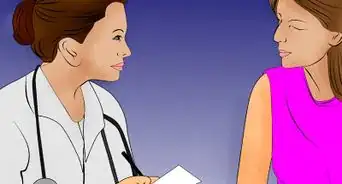
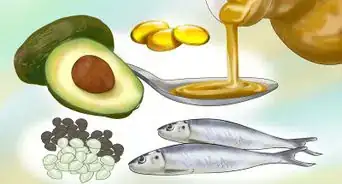

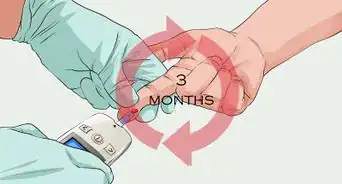
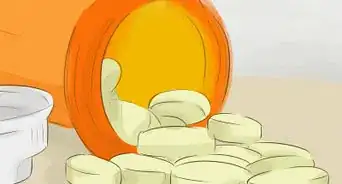
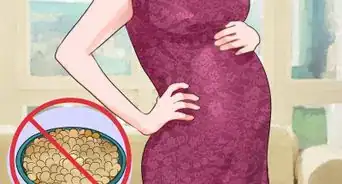
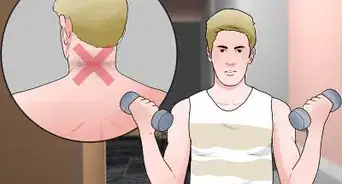
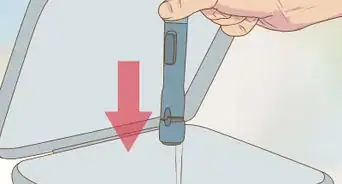

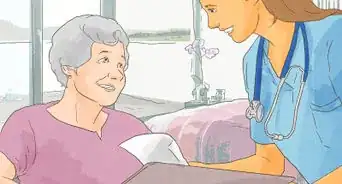









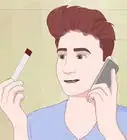
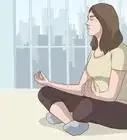
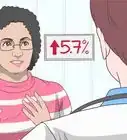




































Medical Disclaimer
The content of this article is not intended to be a substitute for professional medical advice, examination, diagnosis, or treatment. You should always contact your doctor or other qualified healthcare professional before starting, changing, or stopping any kind of health treatment.
Read More...